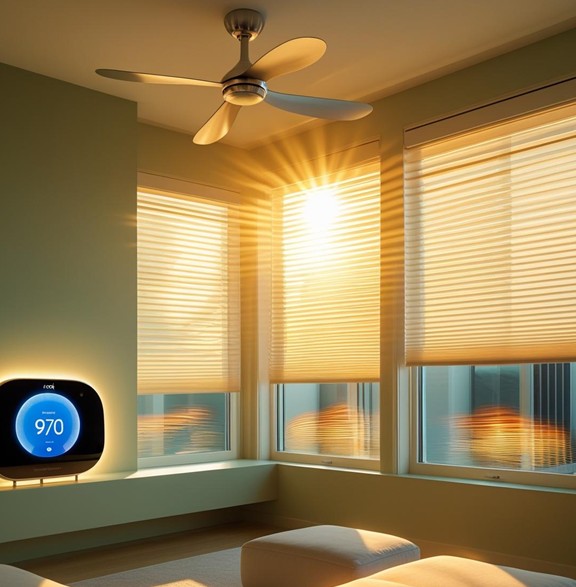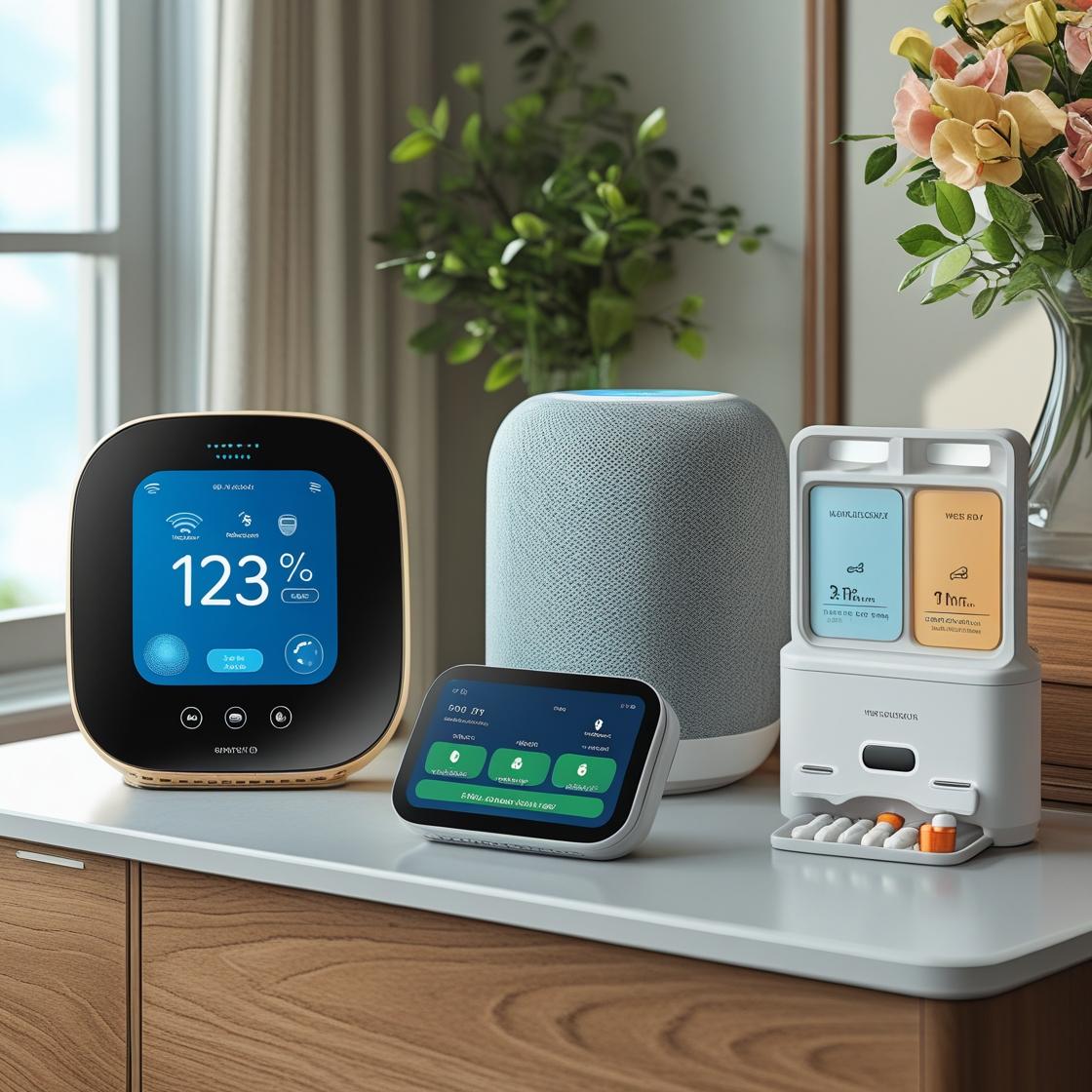Both Z Wave and ZigBee are security systems. Z Wave connects to a hub that allows users to direct the gadgets through a smartphone or other platform. ZigBee connects to a wireless router that will enable you to use your smartphone or another device to direct the equipment. You may be wondering what the difference is and which is best for your family?
There are a few differences in the equipment sets, but rest assured that both systems are secure and help upgrade your home. These are both excellent choices for families who want security and to protect their homes to the fullest. You can connect with the cameras on the go and even give specific instructions through a mobile app.
What’s the difference between Z-Wave and Zigbee?
The main difference is frequency. ZigBee operates at 2.4 GHz while Z-WAVE at 908 MHz. ZigBee higher frequency allows it transmit more data on one hand but iw reduces the range of its signal.
The best thing you can focus on is how well each of the devices connects. The connection will help create a unified smart home and give you access to the information you are looking for. If you are unsure what the difference is between the two programs and what is important to you, we’ve got you covered.
Z Wave Vs ZigBee here is everything you need to know
Understanding ZigBee
One of the oldest debates in the smart-home niche is ZigBee versus Z Wave and which is better. There is no right or wrong answer and understanding what both services provide will help you make the best choice when gearing your smart home.
What is ZigBee?
The first thing you want to understand about ZigBee is that this is a mesh network. This means signals bounce around from each ZigBee device, helping them communicate with each other. The signal will be bouncing around to each device, instead of connecting each device to your Wi-Fi network.
If you have a larger home, ZigBee is the better choice because it does not limit the hops between devices. In other words, you can have multiple connections that the hub can hop information to. This makes it a super flexible choice when finding equipment to set up a smart home.
ZigBee states that their technology can cope with 65000 devices. This shows you how flexible it can be, but the truth is you would never want to connect that many devices together. You will have bandwidth issues making it less effective. However, this number shows you how much you could potentially have when partnering with ZigBee.
Every ZigBee system will come with secure encryption that is also used by the banks. You will never have to worry about information getting leaked or things getting hacked. ZigBee uses AES-128 encryption, which is the standard for all banks.
The one downfall of ZigBee is that it shares frequencies with Wi-Fi which can cause some issues. The data transmission dips from 250 kbps to 40 kbps often, which has been a letdown for many customers.
Understanding Z Wave
You may be wondering what the real difference is between these two products and if you can choose either. Z Wave is also a mesh network that uses low radio waves to connect every device. Again, there is no right or wrong answer when choosing between these systems. It comes down to house type and what your personal preferences are. This technology can help you feel secure in your home.
What is Z Wave?
Z Wave is a mesh network aimed at providing security for residential homes and commercial buildings. Each building will need a central hub that connects all of the devices. In 2001 Z Wave was developed by a Danish company named Zensys. Z Wave’s initial approach meant to be a more affordable option to ZigBee.
One of the primary differences between ZigBee vs. Z Wave is that Z Wave only uses four hops between devices. So, it may be a cheaper alternative, but it is also more restrictive, making it less suitable for some people.
This network is limited to 232 devices, which is still plenty for more residential homes. However, if you have a large company looking to stay connected through smart devices, this may not be the best option for you.
The nice thing about both systems is that they provide the ultimate security. Z Wave uses the same AES-128 encryption which is the standard for all banks. Your information will be just as secure in Z Wave products as ZigBee equipment. This system is secure, and people have used it for many years.
One of the best things about Z Wave is that the products work at an 800-900 MHz range of radio frequencies. What does this mean? You won’t receive any interference in giving directions or getting information. This makes Z Wave stand out from ZigBee and has been one of the key selling points for many years.
So which one is right for you? Can you use both systems? These are both great questions. The truth is if you live in a residential home and you are worried about your safety, it may be best to limit how much you automate your home. The goal of both devices is to provide security. If you are constantly worried about being hacked it can be just as stressful as making your home safer.
ZigBee vs Z Wave-Can You Choose to Use Both Simultaneously ?
If you are thinking about going with both communication equipment, know that it is possible. However, it will take a little bit of research on your end. Not all hubs will connect to both communication systems. You will need to find a hub that is compatible with both products.
The equipment may not communicate directly with each other but they will with the hub. Once the information is in the hub this allows you to see the information and communicate back.
It is never mandatory to stick to one device, but typically one is enough for a home. If you do decide to use both devices you will need to ensure you get the proper hub. It may be more expensive to find the right hub, but it can be worth it.
ZigBee Vs. Z Wave
Now, here is what you have really been waiting for. You want to know about the pitfalls of each product and how they really compare to each other. This will help you decide which company to choose and which communication protocol is suitable for your needs.
We will go over things like reliability, Interoperability, Range of Signal, Power Usage, Configuration of Network, Security, and Price.
This is all information that can sway your decision from one side over the other. Z Wave is a more budget-friendly solution than ZigBee, but that does not mean Z Wave is worse or better. Both devices have some drawbacks, so it really comes down to what you want to do and what flaws you can workaround.
Home Automation Reliability
The point in choosing a system is so it can help you when you need information. This means that the systems need to be reliable. How does ZigBee vs. Z Wave really compare when it comes to dependability? The truth is, Z Wave can be considered more reliable, and here is why.
Z Waver operates at an 800-900 MHz range of frequencies. ZigBee needs 2.4GHz to connect and negotiate. This means that ZigBee has a greater chance of interference, dodgy signal, or bad connections. Z Wave doesn’t have anything to work around which means you get a smooth signal and less dodgy connection. It all has to do with the frequency network that the products run through.
A bad connection can frustrate anyone and make a consumer feel they are wasting their money. ZigBee is more expensive, and it does have a bad connection occasionally. For some consumers, this isn’t an issue.
Interoperability
Simply put, this means how well a system takes in information and then later uses it. This quality is critical for smart homes, and that is why you need a system that can take in rapid information and use it later. Without this quality, there would be no point in investing in high-tech equipment for your home. So how does Z Wave vs ZigBee compare?
ZigBee is an open wireless connection monitored by ZigBee alliances. The company is responsible for monitoring devices.
One issue with ZigBee is that the products can get a certified label when they are not yet certified. This means a manufacturer can claim it is ready to use and up to ZigBee standards even when it is not. This can make an angry client. However, you can avoid this by keeping your eyes peeled.
With every ZigBee product, you purchase you should look for an automation home certificate that will mark it as full compliance and completed. This will save you a lot of trouble in the future. If a product does not have this, then it may not be ready to use and you should opt for a new product from ZigBee.
However, this does not mean that EVERY ZigBee product has interoperability issues, but it does mean you need to be careful.
Z Wave is a proprietary technology owned by Sigma Design. They use the Z Wave alliance to certify every product. Every single product from Z Wave gets tested before delivery. They have a rigid set of standards in which if a product is not perfect, it will not go to customers, and it will continue to go back until Z Wave makes them right.
If you are worried about interoperability issues Z Wave is the clear winner. They make products that have been tested and certified, and they can pick up information rapidly and use it later. They are dependable and high-quality products.
Signal Range for ZigBee Vs. Z Wave
Most smart homes cover much more than just the inside of a space they also cover several feet outside the house. This means in your garage, detached garage, or garden, you will find that there is a signal to work with these devices. It makes more than your house secure which can put you at ease. When comparing ZigBee vs Z Wave you will find that Z Wave is a clear winner in this area.
ZigBee can range about 40 feet outside of your house or building. This can be great for companies looking to maintain their buildings and front doors.
However, this may not be good for residential homes that are large and looking for expanded ranges. Another thing to keep in mind is that for ZigBee to work well, it needs a direct line of sight to the other equipment and the hub. This means the range can dip down to 10 feet when other items block the line of sight.
ZigBee is not the best for homes with tons of outer buildings around, but it does serve a purpose. It is still good for homes that are more open and can allow signals to roam uninterrupted. The poor range is due to the frequency that ZigBee works with. The one good thing about the frequency is that it allows capturing more data.
With Z Wave, you will not be disappointed. Between two nodes, the signal can range up to 300 feet. This is perfect for homes with detached garages or other small buildings on the property.
You can easily connect all of the buildings together with Z Wave. Similar to ZigBee, any obstacles will affect the range, but not as drastically. Even with things blocking, the node’s signal can range from 50-100 feet. This is by far much better than ZigBee.
Power Usage of ZigBee vs Z Wave
One thing that Zigbee has over Z waves is the usage of power. However, both products use very little power which means you save energy when using the products. The energy each uses is much less than the average WiFi. Neither are very power-hungry, making them good devices to adopt in your home.
Although right now ZigBee uses less power than Z Wave the gap is closing quickly. Some of the new models of Z Wave are getting much closer to the efficiency of ZigBee. If you are worried about power and needing to charge multiple batteries in devices, ZigBee is a great choice.
Keep in mind this does not mean that Z Wave uses tons of power. The equipment uses just slightly more than ZigBee equipment. Both are stellar choices when thinking about power usage.
Configuration of Networks for ZigBee and Z Wave
When you think about the network you may think of WiFi networks that are star networks. Both ZigBee and Z Wave are mesh networks. With star networks what happens is the devices communicate with the central hub to receive and export information. Then when the device is not within distance it disconnects.
With mesh networks, it works differently. The signal starts from the central hub, and each device acts like a repeater passing on information to the next. There is no need for direct communication to every device. It makes it easier to use and more efficient.
Both of these networks are good choices, and there is no clear winner. Technically ZigBee can connect to many more devices but Z Wave has no problems in this area. It depends on how many hops and devices you need to install, yet both are competent regarding network issues.
Which Has More Security?
One thing everyone is concerned about when installing these devices is how secure they are. Both of them use AES-128 encryption that is standard security for banks. Although it is not impossible to hack, it is one of the most secure encryptions you can find. Both limit the chances of being hacked, and both are winners because of this.
Price of ZigBee vs Z Wave
Z Wave intended to be a more budget-friendly version of ZigBee. However, the truth is Z Wave has so many options to choose from, you will find several products at various prices. This also goes for ZigBee. There is no clear winner for this category because depending on what you’re willing to pay, you’ll find options on both ends.
Summing It Up
So, which one is better? Z Wave is better for reliability, but ZigBee is better in terms of power usage. Z wave is also more beginner friendly and you are less likely to run into tech issues. You will need to figure out what is important to you and decide based on this information. Also sticking with 1 protocol can be an advantage the more devices you add to your network.
That being said you can always go with both protocols as there are smart hubs that support both protocols like SAMSUNG SmartThings and Wink Hub. Good luck!







